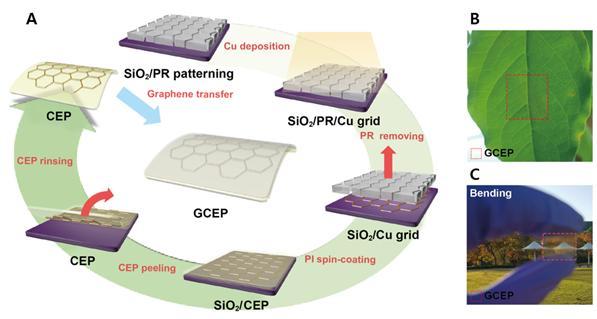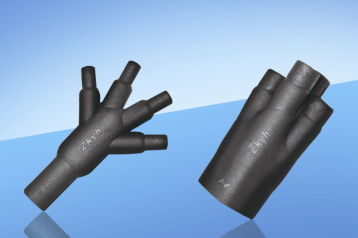Silicon peroxide is becoming a promising material for solar cells, but it has some durability issues. Now, engineers have developed a new electrode, using the protective layer of "graphene armor", can make them work more stable. In just 10 years or so, the development speed of peroxide solar cells is very fast, which has more or less caught up with the development speed of silicon for decades, and the efficiency has reached about 20%. The advantage is that peroxide is cheaper, easier to mass produce, and can be printed or sprayed directly onto the surface.
But everything is not perfect, and one problem stems from stability. Peroxides are easily degraded by ions from metal oxide electrodes in solar cells. But now, engineers at the Ulsan National Institute of Science and Technology (UNIST) in South Korea have found a way to protect peroxides, and this secret ingredient is the magic graphene that materials scientists like best.

Graphene is a two-dimensional lattice composed of carbon atoms, which is transparent, super strong and electrically conductive. This allows it to be used for various purposes. In this case, it can help the passage of photons and electrons, but blocks metal ions.
The team embedded graphene copper grids in polyimide (GCEP) to create a new material film, which was placed between the metal electrode and the peroxide. This thin film allows sunlight to pass through the peroxide, converting energy into electrons, and then back to the metal electrode through GCEP, which is then sent out for storage and use.
Tests show that the newly designed energy conversion efficiency is almost the same as that of ordinary solar cells. The power conversion efficiency of solar cells protected by "graphene armor" is 16.4%, while that of solar cells without armor is 17.5%, and it can still be long. Time to maintain this efficiency, after 1000 hours can still maintain more than 97.5% efficiency.
Other advantages are also obvious. The research team found that the new battery is more stable and has less diffusion of metal ions into the peroxide layer. In addition, the graphene layer can block ultraviolet and near-ultraviolet rays, preventing damage from these wavelengths of light. The new solar cell is also more flexible. After more than 5,000 bending tests, it still retains an initial efficiency of 94%, which can make it play a role in powering wearable electronic products.
The research was published in the "Nano Communications" magazine.
The Heat Shrink Breakout Boots supplied by SINOFUJI is trusted because of its parent company:
Provided products for the State Grid in 2008 to ensure the smooth progress of the Beijing Olympic Games.
Provided products and services to China Southern Power Grid in 2010 to ensure the smooth progress of the Guangzhou Asian Games.Provided core technology and products for power cable accessories (electrical stress control) to enable customer pass the KEMA testing thus their products to serve the global market.
has been Excellent supplier and long-term partner of Aviation Industry Corporation of China.
Occupied more than 50% of insulation protection field of overhead contact line for China High Speed Rail Market.

Heat Shrink Breakout Boots
Heat Shrink Breakout Boots,Cable Harness Protection,Strain Relief For Cable Connectors,Insulation Heat Shrink Breakout Boots
ShenZhen FUJI Electric Material Co., Ltd , https://www.sinofuji.com